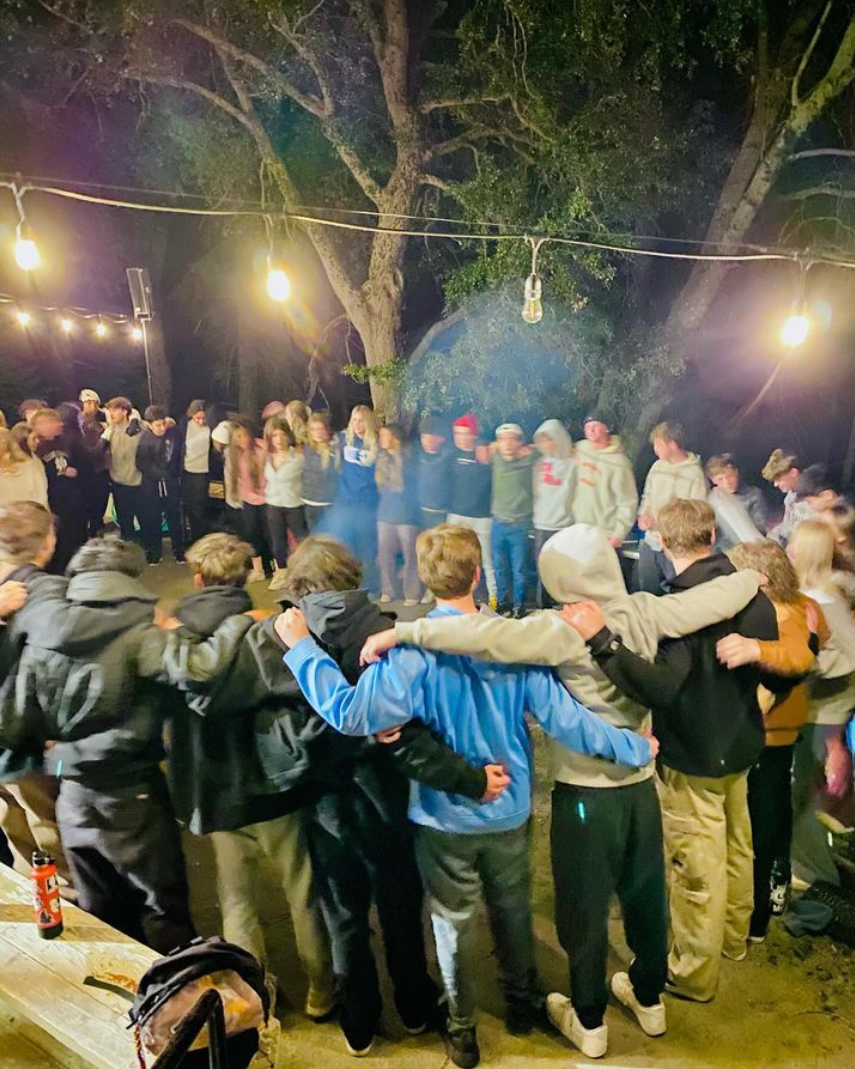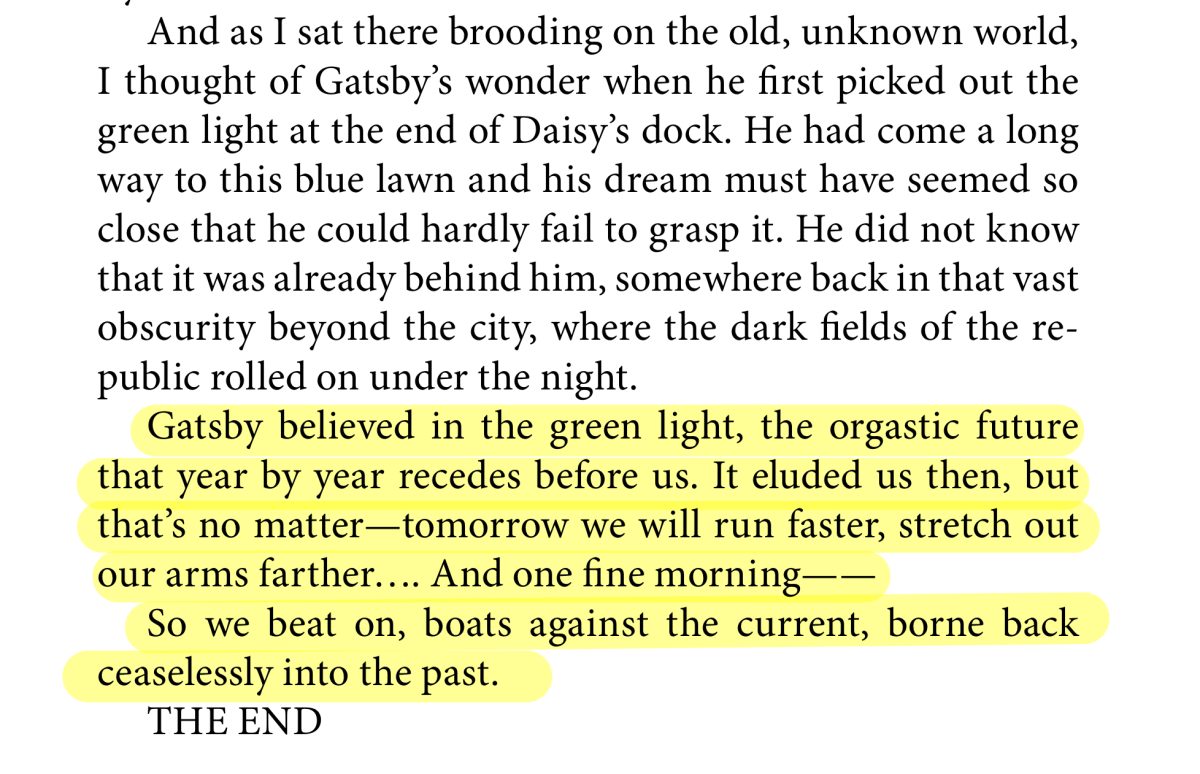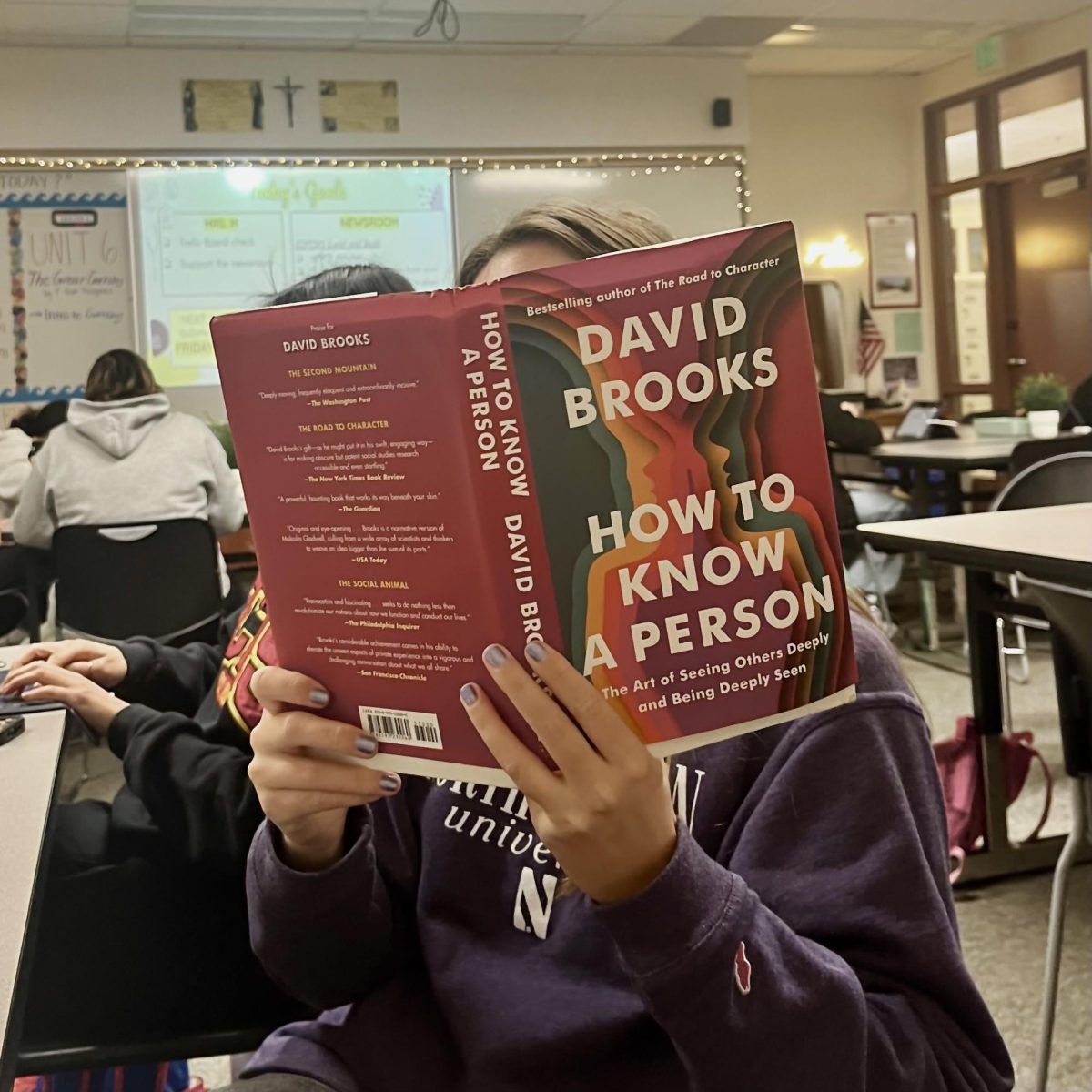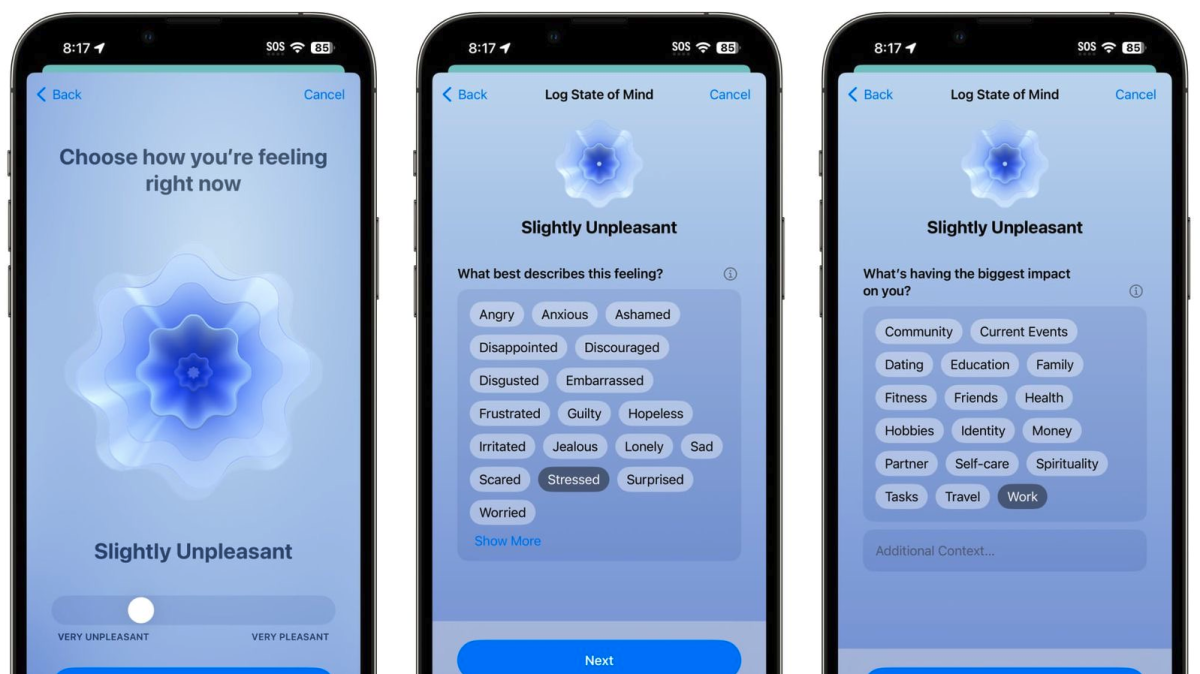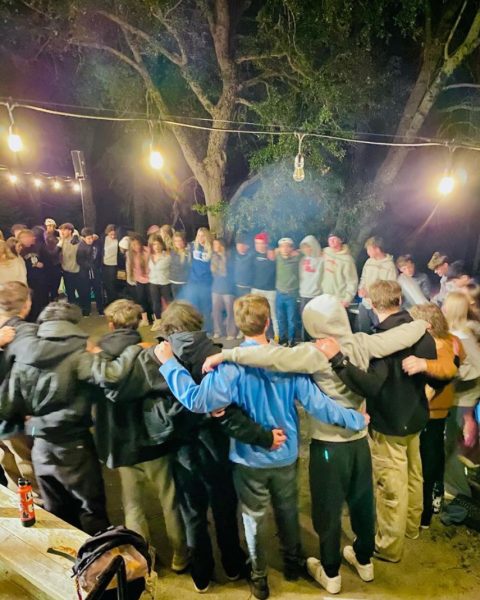Crime Corner Ted Bundy
Ted Bundy, one of the most infamous serial killers in American history, was responsible for the deaths of at least 30 young women and girls across seven states between 1974 and 1978. His methodical and calculated approach to these heinous crimes left communities across the country in a state of shock and terror.
Bundy’s reign of terror began in Seattle, Washington, where he abducted and killed several young women in the early 1970s. His victims ranged in age from 12 to 26, and he often lured them into his car by pretending to be injured or in need of help. Once he had them in his grasp, he would sexually assault, torture, and eventually murder them.
Despite being a suspect in several of these crimes, Bundy managed to elude law enforcement for years by changing his appearance, using fake names, and moving across state lines. It wasn’t until 1975 that he was finally caught, after he was pulled over by police in Utah and found to have suspicious items in his car.
Bundy’s girlfriend, Elizabeth Kendall’s, fateful encounter with Ted Bundy at the Sandpiper Tavern in Seattle was nothing short of eerie. It was October of 1969, a time when the hippie era was crumbling, and the infamous Sharon Tate murders had sent shockwaves through the nation. Yet, Kendall, a 24-year-old secretary, couldn’t resist the mysterious allure of the charming stranger before her.
Despite her recent divorce and the responsibility of raising a young daughter on her own, Kendall was drawn to Bundy like a moth to a flame. The chemistry between them was electric, almost otherworldly, as if a dark force had brought them together. She dreamed of a life with Bundy, planning their future together with a disturbingly perfect vision.
And Bundy, with his smooth words and disarming smile, played the role of the prince charming to perfection. He spoke of missing a kitchen, claiming his love for cooking, and the domestic image he painted was enough to lure Kendall further into his web of deceit.
Looking back, it’s impossible not to shiver at the memory of that meeting, for it marked the beginning of a dark and twisted journey that would lead Kendall and the world down a path of unimaginable horror.
Bundy was eventually convicted of several murders and sentenced to death. However, he continued to maintain his innocence and even attempted to represent himself in court. His charismatic personality and good looks made him a media sensation, and he became known as the “handsome devil” to those who followed his trial.
In the years that followed Bundy’s conviction and execution, his crimes have continued to captivate and horrify people across the country. Books, movies, and documentaries have been made about his life and crimes, and his name has become synonymous with evil and depravity.
But for the families of Bundy’s victims, the scars of his crimes run deep. For many of them, the pain of losing a loved one in such a brutal and senseless way has never fully healed.
One of Bundy’s most notorious crimes was the abduction and murder of two young women from a Florida State University sorority house in 1978. On the night of January 15th, Bundy broke into the Chi Omega sorority house and attacked several women as they slept. He bludgeoned two of them to death and sexually assaulted another before fleeing the scene.
The brutal nature of the crimes and the fact that they took place in a seemingly safe and secure environment shook the Tallahassee community to its core. Police launched a massive manhunt for the killer, and Bundy was eventually captured after he was pulled over by police for a traffic violation.
Bundy was tried and convicted for the Chi Omega murders, as well as the murder of a 12-year-old girl in nearby Lake City. He was sentenced to death, and after years of appeals and legal battles, he was finally executed in the electric chair at Florida State Prison on January 24th, 1989.
In the decades since Bundy’s execution, his crimes have continued to fascinate and horrify people across the world. His legacy as a cold-blooded killer and master manipulator has cemented his place in history as one of the most notorious criminals of all time.
But for the families and friends of his victims, the memory of his crimes remains a painful and tragic reminder of the lives that were cut short by his brutal actions. And while Bundy may be gone, the scars he left on the communities he terrorized will never fully heal.
